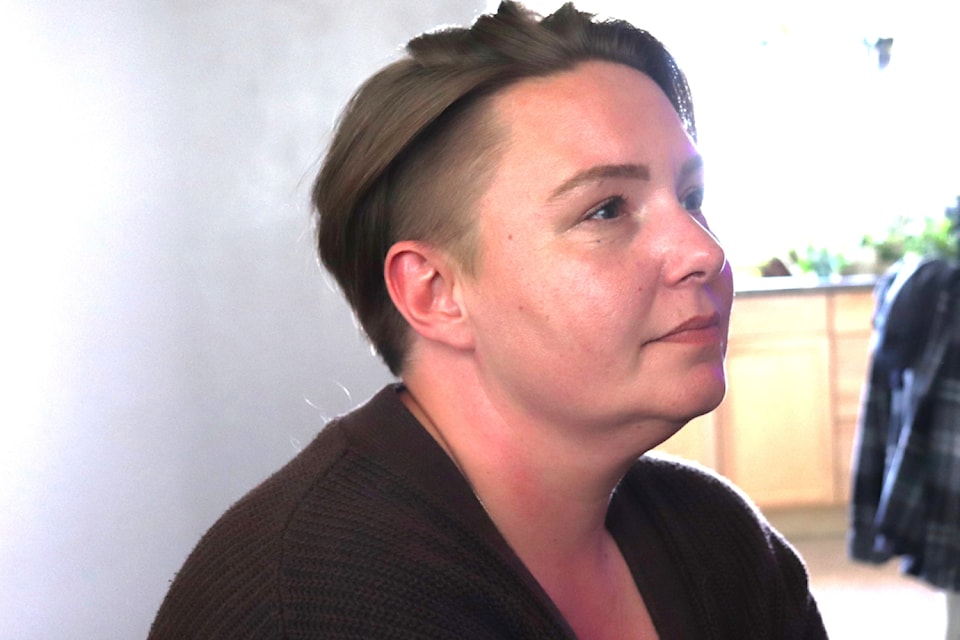In early June, parents with children attending schools in the Sooke School District (SD62) were advised that the district was restarting its fees for children who required school busing. Those fees were done away with in 2017, and only a $25 ‘safety fee’ was charged.
But with the change in the coming school year, parents were advised that they would be faced with a $333.25 charge per child. A slight reduction was allowed for a third and fourth child, but any parent with three children would still be asked to pay $846 in total.
Parents were advised that the first instalment of this payment was due on Sept. 16, with the full payment due by Nov. 15, 2024.
The decision has left some parents angry and frustrated with what they see as a wrongheaded decision and a poorly designed process.
Stephanie Tomlinson has two children, one going into Grade 9 and another starting Grade 5 in the fall.
“My kids won’t be taking the bus,” said Tomlinson. We just don’t have the extra $667 to pay. And telling me that I can pay in installments in the months leading up to Christmas does me no good at all. We have a single income household and it’s just not possible.”
Tomlinson has started a small photography service to supplement her husband’s military income, but says that if she has to drive her children to and from school, it will impact her availability and decrease the amount of money she might have made with that business.
Anita Hofer, a mother of three children who currently take the bus to school, is in a similar situation. She augments her husband’s military income with a part-time job.
“I’ll have to come up with the nearly $900 so they can take the bus because I can’t afford to lose the hours at work to take them to school and pick them up,” she said.
SD62 board chair Amanda Dowhy said that while she feels some empathy for parents, the reinstatement of the fees was a necessity.
“We recognize the challenges (that parents are facing) but it was no longer sustainable,” said Dowhy. “It was a difficult decision.”
The move came as the school district was facing a $2.8-million shortfall for the upcoming school year.
The district says it lost $400,000 in funding from the province since the B.C. government reclassified the school district’s “unique geographic location” to be considered more urban – with populations on the rise in Langford and Colwood.
The Ministry of Education admits to the reduction from the province’s Geographic Factors Funding but points out that SD62 will be receiving more than $8 million more in operating and special grants in the coming year.
Dowhy also pointed out that there is a process to apply for financial assistance and a waiving of the fees, but parents maintain that even there the process is problematic.
Parents are expected to appeal to their child’s principal for financial consideration, but no set criteria for making that financial judgment call exists.
“The principal is supposed to decide if the family has enough money (to afford the bus charge)?” said Tomlinson. “Based on what? Do we have to show them our T4 slips and outline all our income and expenses?”
And beyond the subjective and potentially inconsistent nature of the process, Tomlinson pointed out that many parents may not want to acknowledge their inability to pay.
“I’ve been a PAC parent volunteer for years and last year the Family Affordability Act was introduced by the B.C. government. They gave a lump sum to the school for hardship stuff, like kids whose parents couldn’t afford rain boots,” said Tomlinson. "At the end of the year, we still had money left because people have pride, even poor people. They don’t want to go and admit that they couldn’t afford those rain boots or food.”
Tomlinson said that the school district should have considered that factor and set up an anonymous way of applying for funds to someone not involved with her children on a day-to-day basis.
For Tomlinson, the process of asking for help with busing costs was even more confusing.
“Both my children will be attending new schools in the fall. Which principal was I supposed to go to ask for help? There was very little time left in the current school year and the new principals wouldn’t know me or my kids. How are they supposed to make that decision?” said Tomlinson.
Another aspect of the busing policy has parents voicing concern. SD62 policies have determined that students must live more than 4.8 km from the school (4 km for younger children) to be eligible for (the paid) busing. (That’s roughly the distance from downtown Langford to Royal Roads University.)
But even there, inconsistencies exist.
“Those distances are really decided on a case-by-case basis,” said Dowhy. “Transportation policy gives priority to younger and rural riders and those with no safe walking paths.”
As a result, some parents received notice that their children were ineligible for busing.
But even those distances and decisions aren’t carved in stone. The division has examined neighbourhoods and routes and decided that the cutoff distances may vary from school to school, depending on whether there are safe walking routes.
“We’ve been working with ICBC and the CRD to determine safe and active routes,” said Dowhy. “And again, parents can look to the principals for consideration.”
“That’s not acceptable. What about people like me who have a child on the (autism) spectrum)?” said Hofer. "They don’t seem to be taking that stuff into account and are leaving it up to principals to be the judge. That isn’t fair to the parents and it’s sure not fair to the principals to be put in that position.”
